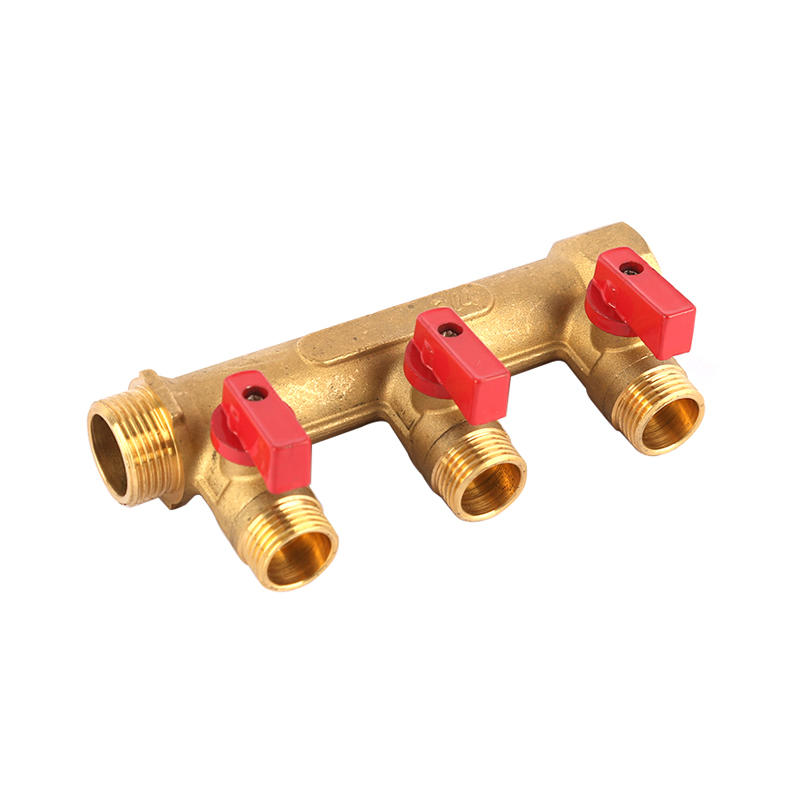Understanding Manifolds
A manifold, in the context of fluid control systems, is a device designed to distribute, control, or measure the flow of fluids, gases, or hydraulic media from a single source to multiple destinations or vice versa. Essentially, it acts as a central hub that connects various components within a system. Manifolds are characterized by their compact and streamlined design, making them ideal for applications where space is limited.
Key Components and Types of Manifolds
Manifolds consist of several key components, including inlet and outlet ports, chambers, channels, and valves. The specific design and components of a manifold depend on its intended use. Some common types of manifolds include:
Distribution Manifolds: These
manifolds distribute fluids or gases from a single source to multiple outlets. They are commonly used in applications like irrigation systems, pneumatic systems, and hydraulic systems.
Collecting Manifolds: Collecting manifolds combine fluid or gas flows from multiple sources into a single outlet. They are often employed in analytical and diagnostic equipment.
Instrument Manifolds: These manifolds are designed to accommodate pressure gauges, transmitters, and other measurement devices. They provide a convenient and organized way to measure and monitor fluid pressures.
Applications of Manifolds
Manifolds are versatile components used in a wide range of industries and applications:
Hydraulic Systems: In hydraulic systems, manifolds help distribute pressurized hydraulic fluid to various components such as cylinders, valves, and motors. They are crucial for controlling heavy machinery and equipment.
Pneumatics: In pneumatic systems, manifolds facilitate the distribution of compressed air to control actuators, valves, and other pneumatic devices. They are prevalent in manufacturing and automation.
Chemical Processing: Manifolds are utilized in chemical processing to control the flow of various chemicals, ensuring precise mixing and distribution. They are crucial for batch processing and chemical manufacturing.
Medical Devices: In the medical field, manifolds are found in equipment such as anesthesia machines, ventilators, and diagnostic devices. They enable precise control of gas flows and pressures.
Advantages of Manifolds
The use of manifolds in fluid control systems offers several advantages:
Space Efficiency: Manifolds streamline the layout of fluid control systems, saving valuable space and reducing the complexity of piping and tubing.
Precision Control: Manifolds allow for precise regulation and measurement of fluid flow and pressure, ensuring accurate and consistent performance.
Reduced Leak Potential: By minimizing the number of connections and joints, manifolds reduce the risk of leaks, enhancing system reliability.
Ease of Maintenance: Manifolds simplify maintenance and troubleshooting by providing easy access to valves, sensors, and other components.
Customization: Manifolds can be customized to meet specific requirements, offering flexibility in design and functionality.

